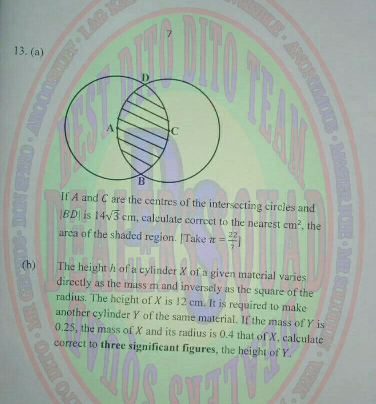
GeometryQuestion and Answers: Page 108
Question Number 21571 Answers: 1 Comments: 0
Question Number 21490 Answers: 1 Comments: 0
Question Number 21401 Answers: 0 Comments: 0
$$\underset{\mathrm{0}} {\overset{\infty} {\int}}\frac{{xdx}}{{e}^{{x}} +\mathrm{1}}=? \\ $$
Question Number 21310 Answers: 1 Comments: 8
Question Number 21231 Answers: 0 Comments: 0
Question Number 21228 Answers: 0 Comments: 0
Question Number 21001 Answers: 0 Comments: 0
Question Number 20953 Answers: 0 Comments: 2

Question Number 20944 Answers: 1 Comments: 0

Question Number 20599 Answers: 1 Comments: 0
Question Number 20545 Answers: 0 Comments: 1
Question Number 20187 Answers: 0 Comments: 1
Question Number 20156 Answers: 1 Comments: 0
Question Number 20131 Answers: 1 Comments: 4
Question Number 19939 Answers: 0 Comments: 0
Question Number 19794 Answers: 0 Comments: 0
Question Number 19792 Answers: 2 Comments: 0
Question Number 19709 Answers: 1 Comments: 0
Question Number 19783 Answers: 1 Comments: 3
Question Number 19699 Answers: 0 Comments: 0
Question Number 19668 Answers: 0 Comments: 2

Question Number 19659 Answers: 1 Comments: 0
Question Number 19415 Answers: 1 Comments: 0
Question Number 19394 Answers: 1 Comments: 0

Question Number 19388 Answers: 0 Comments: 1
Question Number 19301 Answers: 1 Comments: 0
Pg 103 Pg 104 Pg 105 Pg 106 Pg 107 Pg 108 Pg 109 Pg 110 Pg 111 Pg 112
